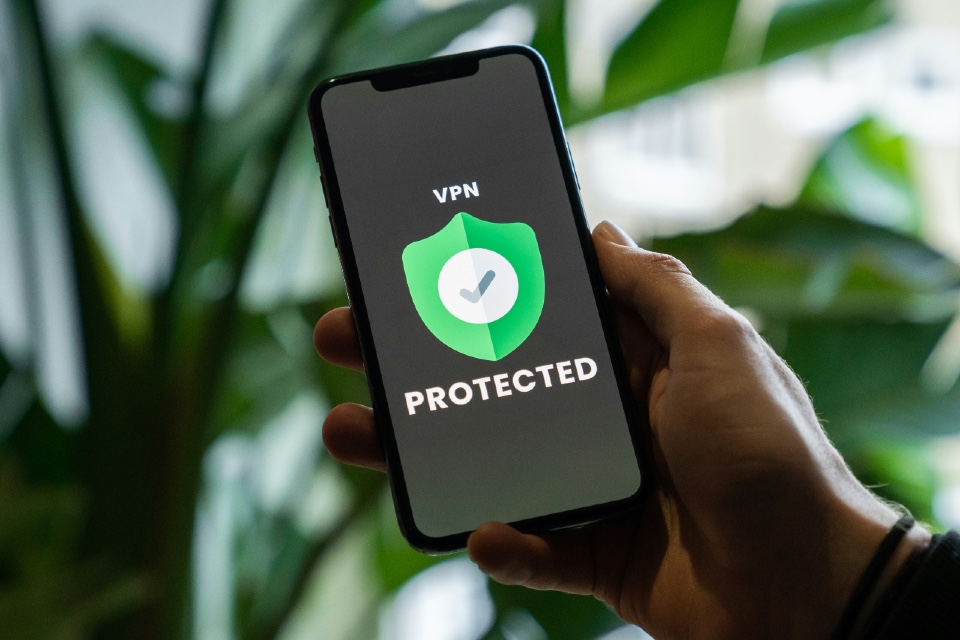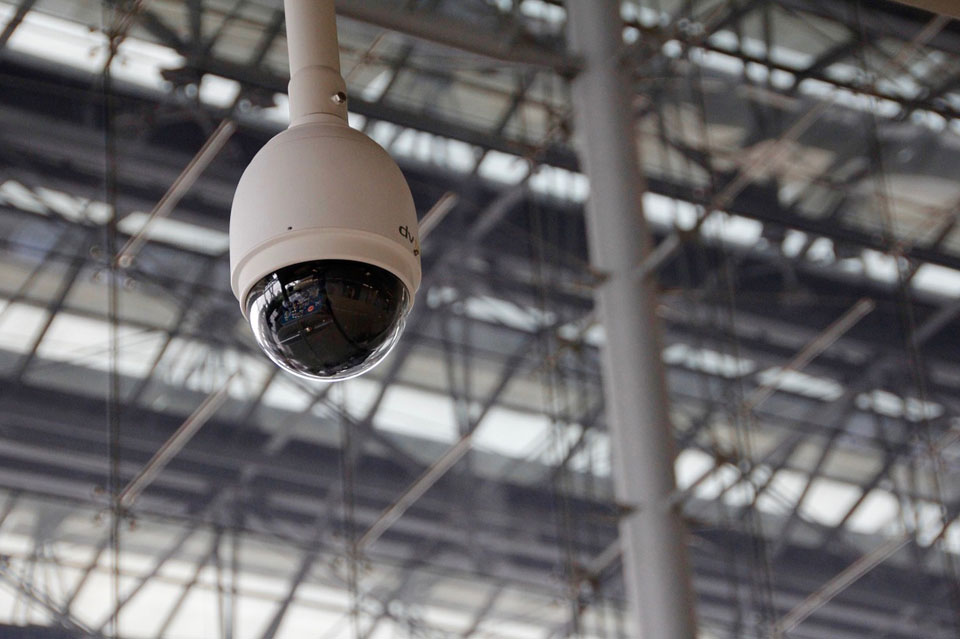1. The Rise of Artificial Intelligence and Machine Learning
One of the most influential trends is the integration of Artificial Intelligence (AI) and Machine Learning (ML) into security systems. These technologies are transforming traditional security measures into more proactive, intelligent systems. AI and ML enable advanced analytics of surveillance footage, allowing for real-time threat detection and predictive analysis. The introduction of facial recognition technology, despite its regulatory and ethical debates, is set to enhance the capabilities of security operations, particularly in high-risk or densely populated areas. For more on this, see our Loss Prevention article here.
2. Internet of Things (IoT) and Smart Security Solutions
The proliferation of IoT devices is revolutionising the physical security industry. Smart security solutions, such as connected cameras, sensors, and access controls, are becoming more commonplace. These devices provide a wealth of data that can be analysed to enhance security measures, predict potential breaches, and automate responses. However, the increased connectivity also presents new vulnerabilities and underscores the need for robust cybersecurity measures in physical security systems.
3. The Advent of Autonomous Security Robots and Drones
Emerging technologies like security robots and drones are beginning to find their place in the physical security market. Over the next five years, these technologies are expected to become more sophisticated and widespread. Drones, for example, can offer aerial surveillance that is not feasible with stationary cameras, while autonomous robots can patrol areas, providing a physical deterrent to criminal activities.
4. Increased Focus on Integrated Security Solutions
There is a growing trend towards integrated security solutions that combine physical security with cybersecurity. With the increasing convergence of physical and digital threats, an integrated approach is becoming essential. This trend is driving the development of comprehensive security platforms that seamlessly combine surveillance, access control, cybersecurity, and other security components.
5. Sustainability in Security Practices
Sustainability is increasingly becoming a consideration in physical security solutions. The next five years will likely see a greater focus on energy-efficient security systems, sustainable practices in security operations, and eco-friendly technologies. This shift not only aligns with broader environmental objectives but also caters to the growing demand for green practices in business operations.
6. The Impact of Remote Working and Flexible Workspaces
The shift towards remote working and the growing popularity of flexible workspaces are changing the dynamics of physical security. With fewer employees on-premises, there is a need for adaptive security strategies that cater to fluctuating occupancy levels. This trend will likely influence the demand for scalable and flexible security solutions that can be adjusted based on real-time needs.
The physical security market in the UK is set to undergo significant transformations in the next five years. Driven by technological innovations and changing threat landscapes, these disruptive trends will redefine the ways in which physical security is approached. Businesses and security professionals must stay abreast of these developments to ensure effective, modern, and sustainable security solutions in the face of evolving challenges.
Photo by Tuesday Temptation on Unsplash






